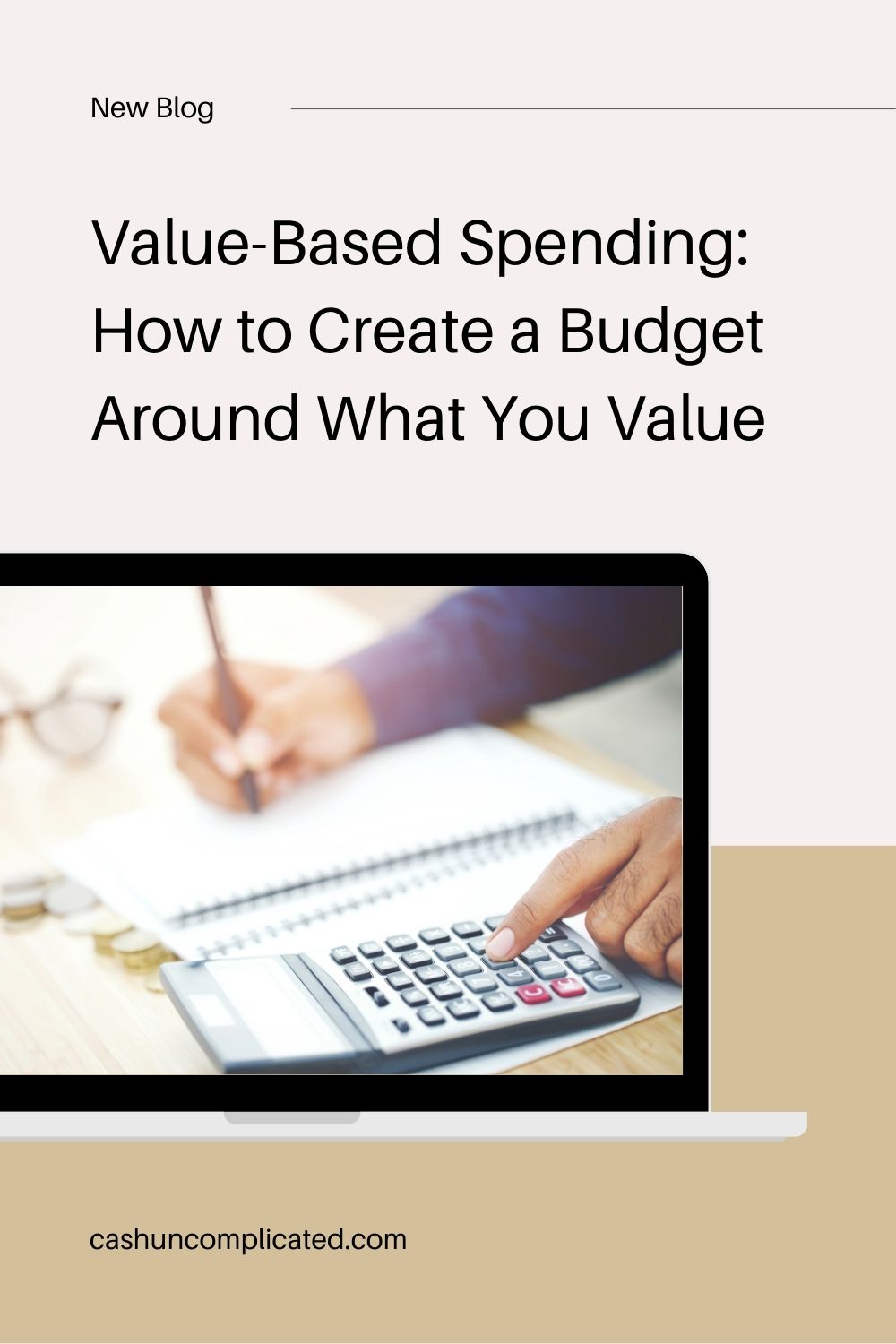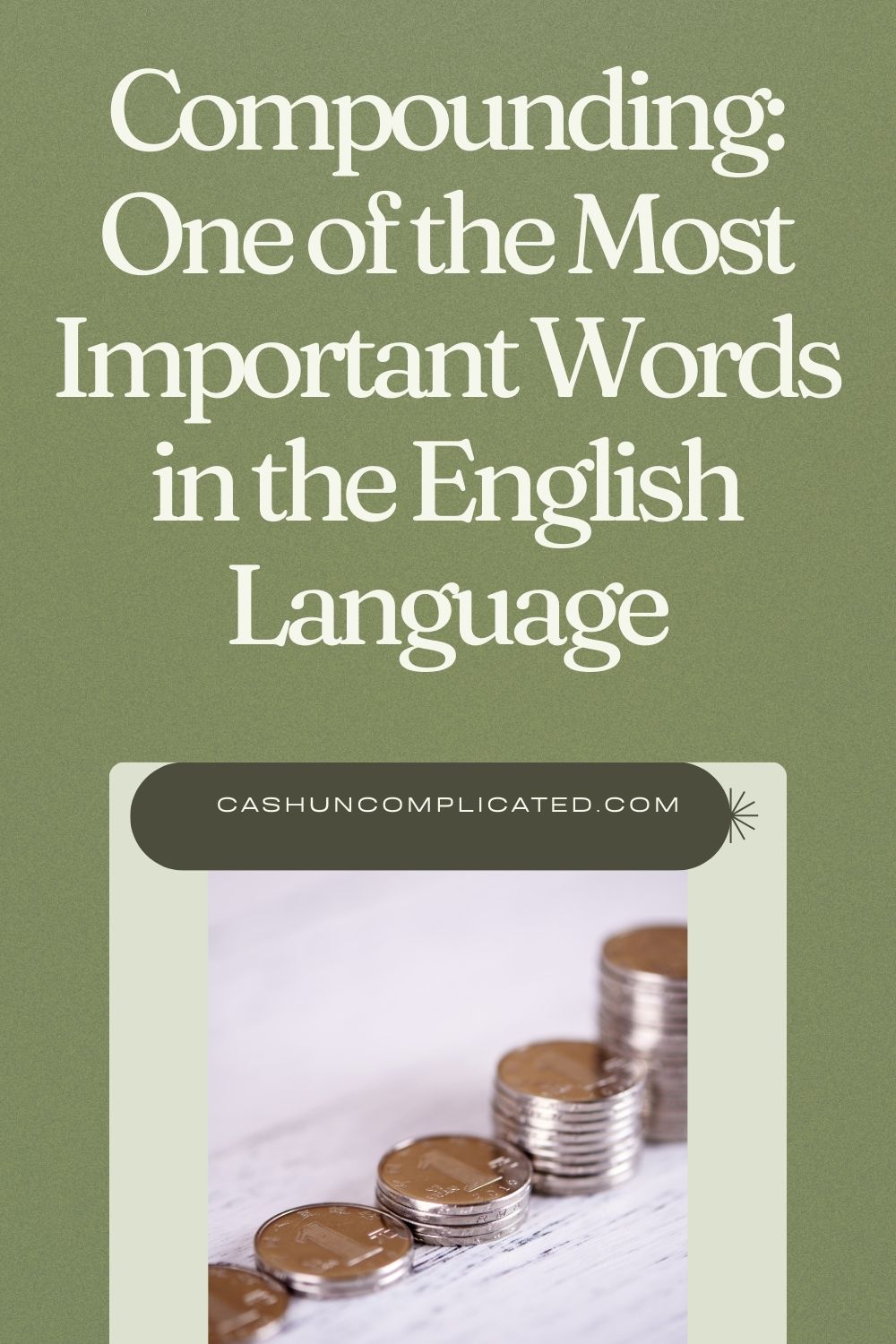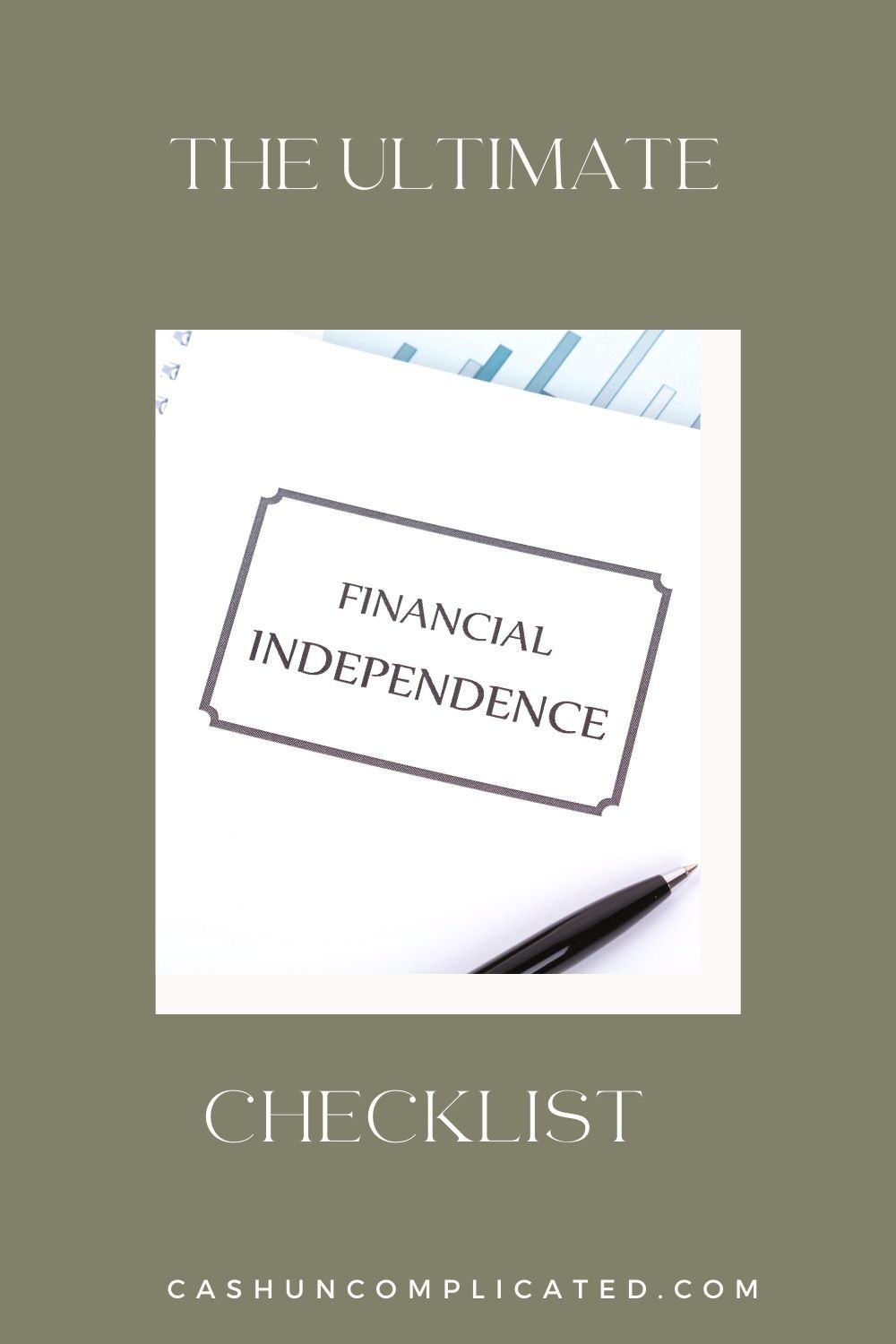Not many people like to talk about budgeting. Bring up the word “budget” at a party and watch people quickly walk away from you. I think we’re going about budgeting the wrong way though. That’s why I take the value-based spending approach to budgeting.
The word “budget” has evolved over the years to become something undesirable that most people try their best to avoid. But what if we changed our paradigm to make budgeting something more desirable–something that can make our life better and actually help us get the things and experiences we want?
Related: How a Strict Budget Can Actually Cost You Money
Value-Based Spending Defined
Value-based spending in simple terms is spending according to your values. That means purchasing only what really matters to you, along with necessities Furthermore, it’s mercilessly avoiding spending on things you don’t value.
For someone who values travel for example, they would spend their money on going to new places and seeing new parts of the world. Someone who values time with family would spend their money on family experiences, which probably also includes lots of free things like going to the park, hanging out in the backyard, etc.
Likewise, the individual who doesn’t value an expensive car wouldn’t spend money on one because they don’t value it. Sounds obvious, but all too often people buy things for reasons other than pure enjoyment–like to “impress” other people.
Why Value-Based Spending?
Which brings us to the next question: why value-based spending? Value-based spending gives us our why. The why is almost always more powerful than the how. When you have your why, you’re able to work backwards and develop the how.
For example, if someone values more time with their family, that is their why. A person with this value will actively seek to find as many ways as possible to create more time with their family. They can hire a house cleaner to cut down on household chores, a gardener to minimize outdoor cleanup, a handyman for household projects, etc.
All of these activities enable the individual to spend more time with their family because they are not tied to certain household activities. This person is spending their money to create that time. They are spending on what they value, or their why–which is the crux of value-based spending.
Book Recommendations:
Is Value-Based Spending Realistic?
So you might be reading this and it sounds good. Live your life according to your values, and spend accordingly–makes sense. But is it realistic? Yes, if done correctly.
Value-based spending is all about narrowing down your focus and spending on what you value the most. So inherently this can only be a few things–your very top of the top. It’s about narrowing down the absolute most important.
That doesn’t mean you can’t have different interests, likes, and hobbies–but it requires trimming things down. Having 25 things in your value-based spending bucket isn’t going to work because that is too many things. But spending on the three or four things you most value in life has a really good chance of working because it’s manageable and easy to track.
Creating a Budget Around Value-Based Spending
Now to the how-to of creating a budget around value-based spending. To make things simple, I’ll break things down into small pieces. When all the pieces are added up, you’ll be well on your way to creating a budget that aligns with your values.
Step 1: Write Down Your Values
The first step is to write down your values. Write down everything you value. Don’t worry about accuracy right now, just write down everything that comes to your head. There will be time later for editing
If travel comes to your mind, write it down. Same for sports, going to the theatre, time with family, or whatever else pops in your head. Write it all down.
There’s no rule on how many things to write, or how much time to spend. My suggestion is to set aside at least 20 minutes of uninterrupted time to focus on this one task.
It may take longer or shorter than 20 minutes, but that’s a good place to start. Some people come up with 30 plus items, others keep it less than five. It really doesn’t matter for this step as there will be time to edit in the next step.
Step 2: Circle the Top Three or Four Values
The next step is to take your list of values and circle the most important ones. This is where you’ll want to spend a little more time to carefully think about what is going to be circled, and what’s going to be left off. As you’re doing this exercise, really think about what you value and what matters most to you.
You’re going to find that some things you thought mattered, really don’t. Usually those are material items like cars, household items, and some travel.
You’ll also find that some of the things you always thought mattered– really do. For many people that’s family, friends, and other relationships.
When you’re done with step two, you should have three or four things circled. If you find yourself circling closer to 10 things, narrow your focus by re-writing the list and begin circling again. It might take a few times to get this step where you want it to be.
Step 3: Get Crystal Clear
Look at your list and what you circled. Read it over a few times and carefully review it. Did you circle the things you most value? Are there items you should have circled, but didn’t?
It might even help to take a few days to pause. Time often creates clarity, so sleeping on it for a couple nights might provide that extra clarity you need. If you’re crystal clear immediately–great. If not, take a couple days and come back to it.
Step 4: Review Your Spending–Is it Aligned With Your Values?
Now that you’re crystal clear on your values, it’s time to compare those values to your actual spending habits. In other words, are your spending habits in line with your values?
This is the step where tracking your spending really helps. When you track your money, you’re able to see exactly where it’s going. Are you spending on things you truly value or are there a lot of items that you barely remember even purchasing–much less, want?
Tracking also lets you see the when, which often gives people insight into the why. For example, if you notice you’re spending a disproportionate amount of money Thursday night, that might give you insight that you’re tired toward the end of the week and don’t want to cook that night. Thus, you are spending more on takeout than you want. Cooking enough for leftovers on Wednesday night might solve this issue with very little extra effort or time.
After this step, you should be able to identify whether your spending is aligned with your values. If it’s aligned, you’re all set. If it’s not aligned, it’s time to move on to the next step.
Step 5: Make Changes Around Your Values
In this step, any spending that doesn’t align with your values gets minimized or eliminated. You’re already clear on what you value and what you’re spending on. So the next logical step is to make the needed adjustments to ensure that your spending and values are aligned.
If you don’t value multiple dinners out throughout the week, make the necessary changes to stop that practice. If you don’t value various subscriptions–eliminate them. This is the step where you’re taking action to eliminate those items and experiences you don’t value. Take your time and methodically go through the list until you’re done.
When you’re finished, you’ll probably have hundreds of dollars–if not thousands, back in your account every month. This leads us directly into the next step–building a new budget around your values.
Step 6: Build a New Budget Around Your Values
The hard work is done. You’ve assessed your values, tracked your spending, and eliminated the things you don’t value. Now it’s on to building your revamped budget. This should be fairly easy because you’ve already done the heavy lifting.
If you already have experience building a budget, follow the same principles as your last budget. Just plug in the new numbers now that you’ve eliminated many of the costly items you used to spend on that you don’t value. Since you’re also going to have extra money from the items you no longer spend on, you’re going to have the ability to re-allocate your funds.
If you want to invest more, automate your investment account to pull more money each month. Or if you want to travel more, automate your travel fund to pull more every month. More than likely, you’re going to have a few adjustments to your budget. This is a good thing as you’re strategically re-allocating the money you used to spend on wasteful things to what you value.
Step 7: Evaluate and Allow for Change
Now that you have a written budget that embodies your values, the majority of your work is done. Now all that’s left to do is periodically evaluate your values and their relationship with your budget. Once or twice a year should be enough.
Life and values change. What you valued last year might be different from what you value this year, or five years from now. There is nothing wrong with this. Evaluate and change as needed. It’s normal to increase your budget in one area like travel and decrease or eliminate another area. It all comes down to your values–they will drive your budget.
Conclusion
Value-based spending has been a guiding principle in my life for many years. So creating a budget specifically around value-based spending makes sense for me, and I think it will make sense for a lot of people.
When it comes down to it, why would anyone spend their hard-earned money on something they don’t value, or isn’t a necessity? Creating–and adhering to a value-based spending budget prevents that from happening. It’s a system you’ve created to ensure you’re spending based on your values. The little work put in upfront will allow you to reap the benefits for years to come.
Have you created a value-based spending budget?












